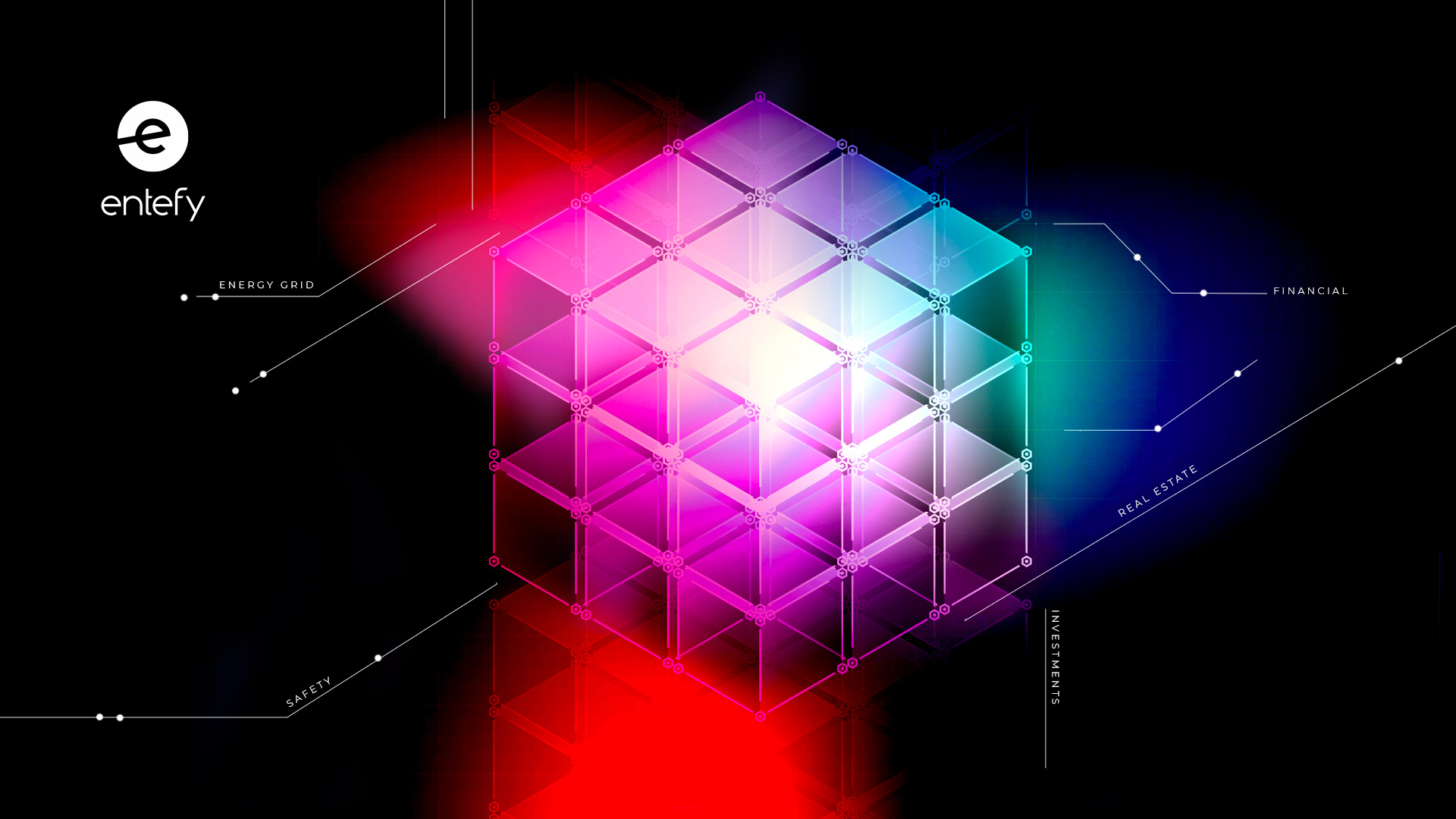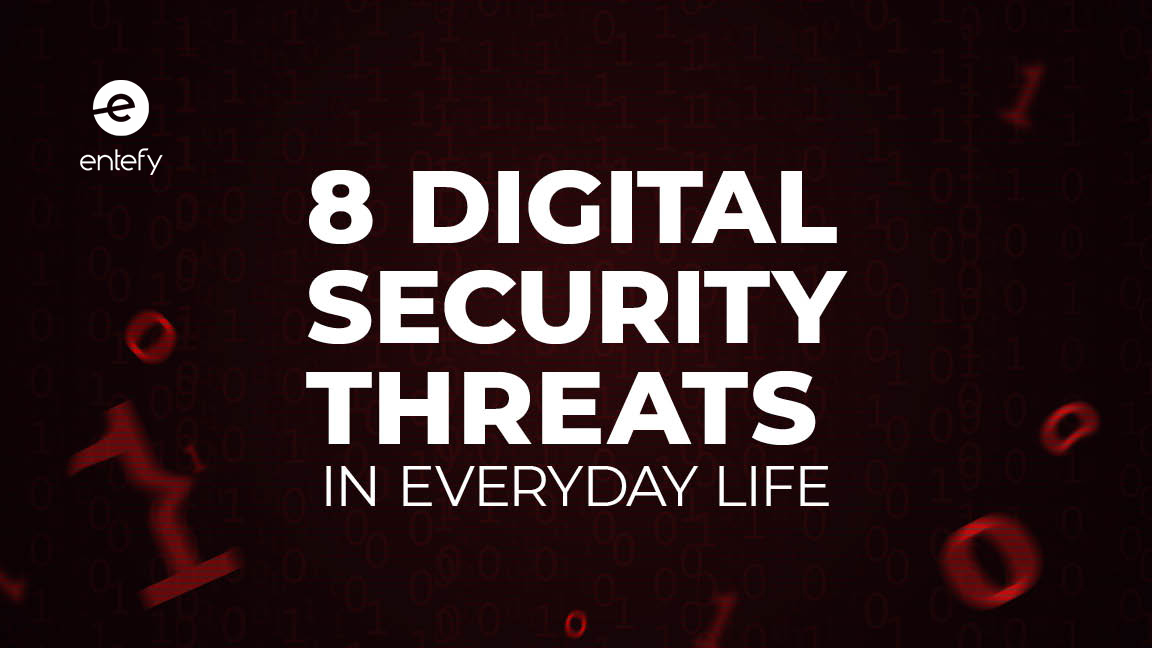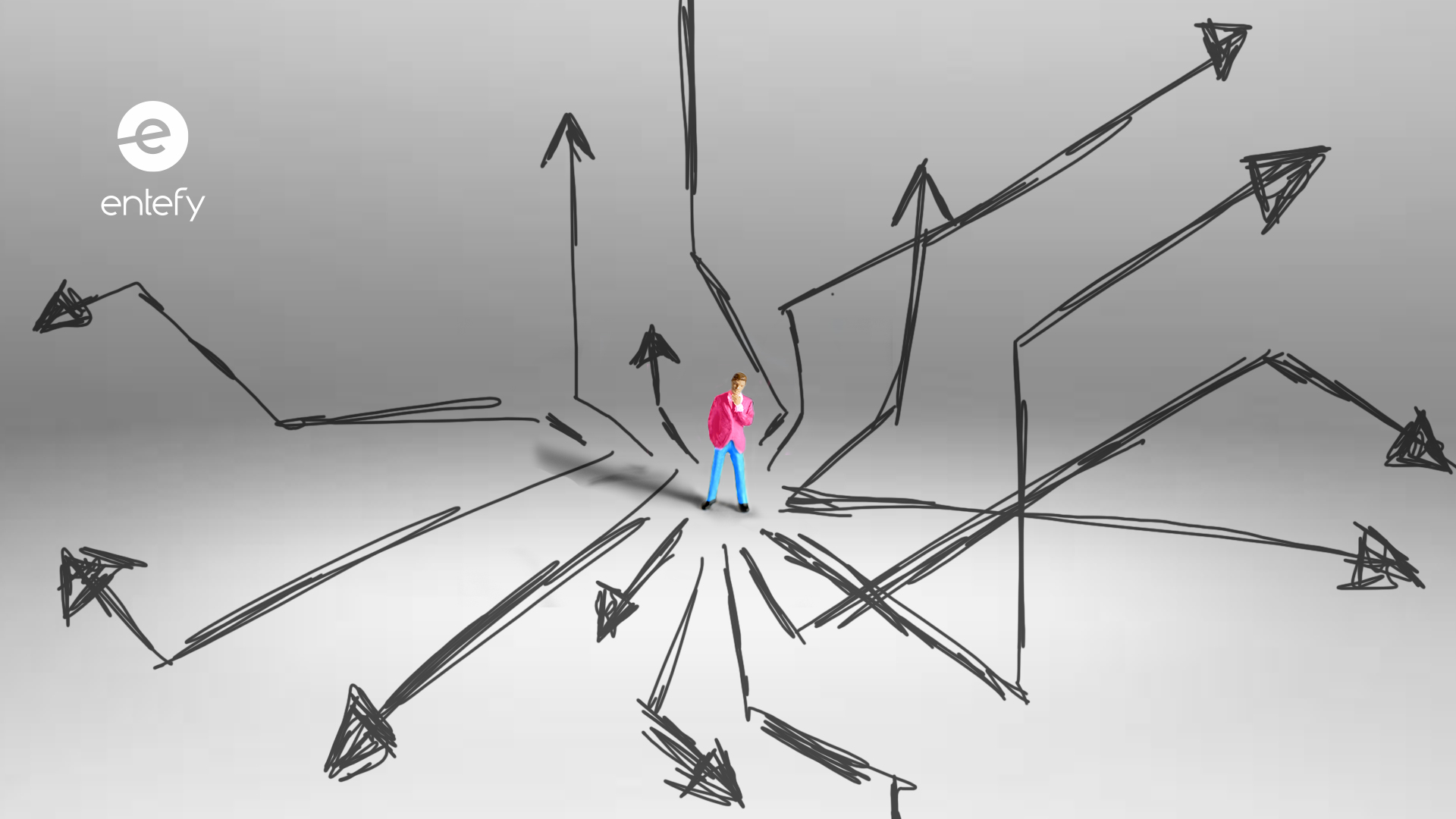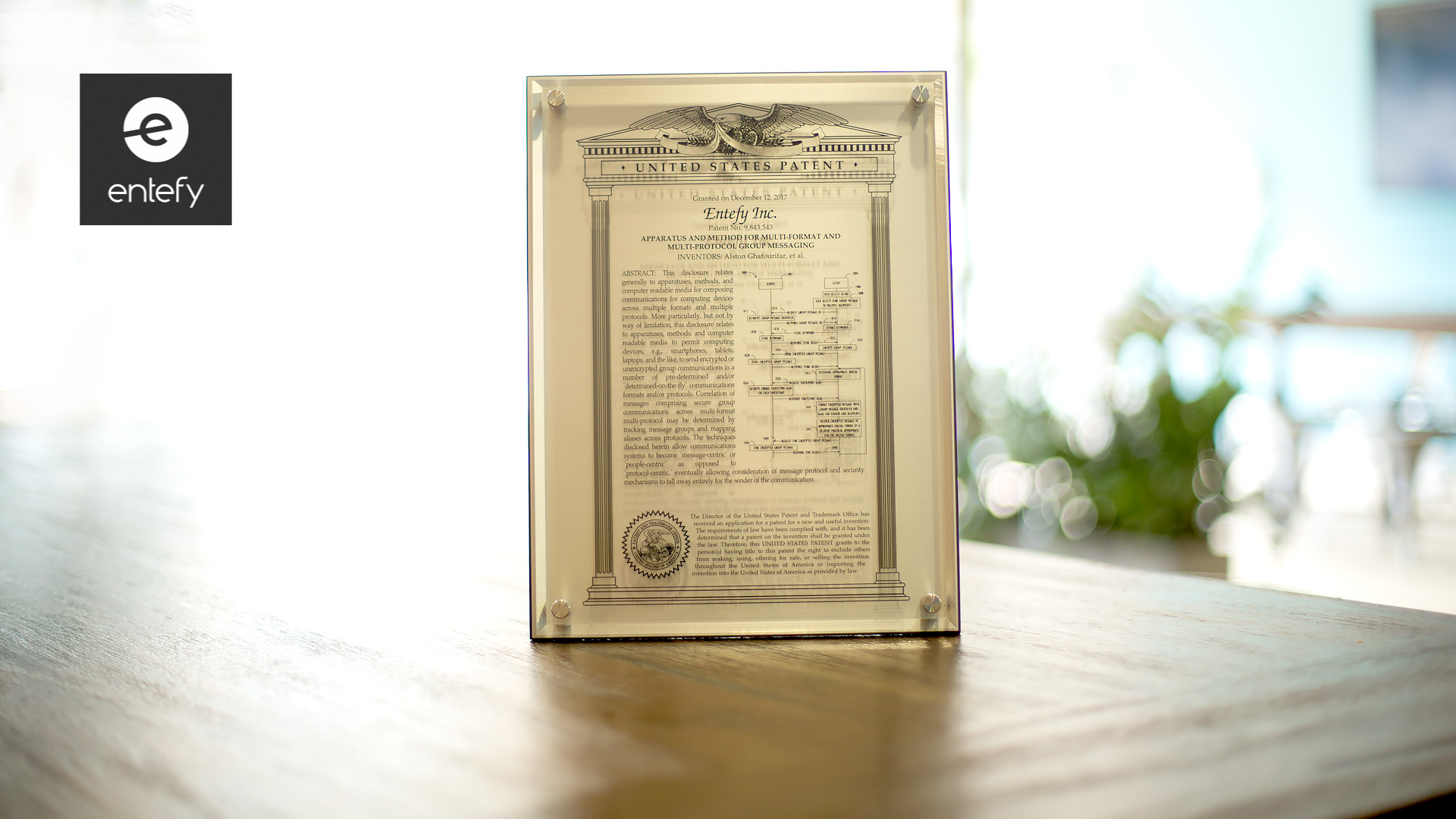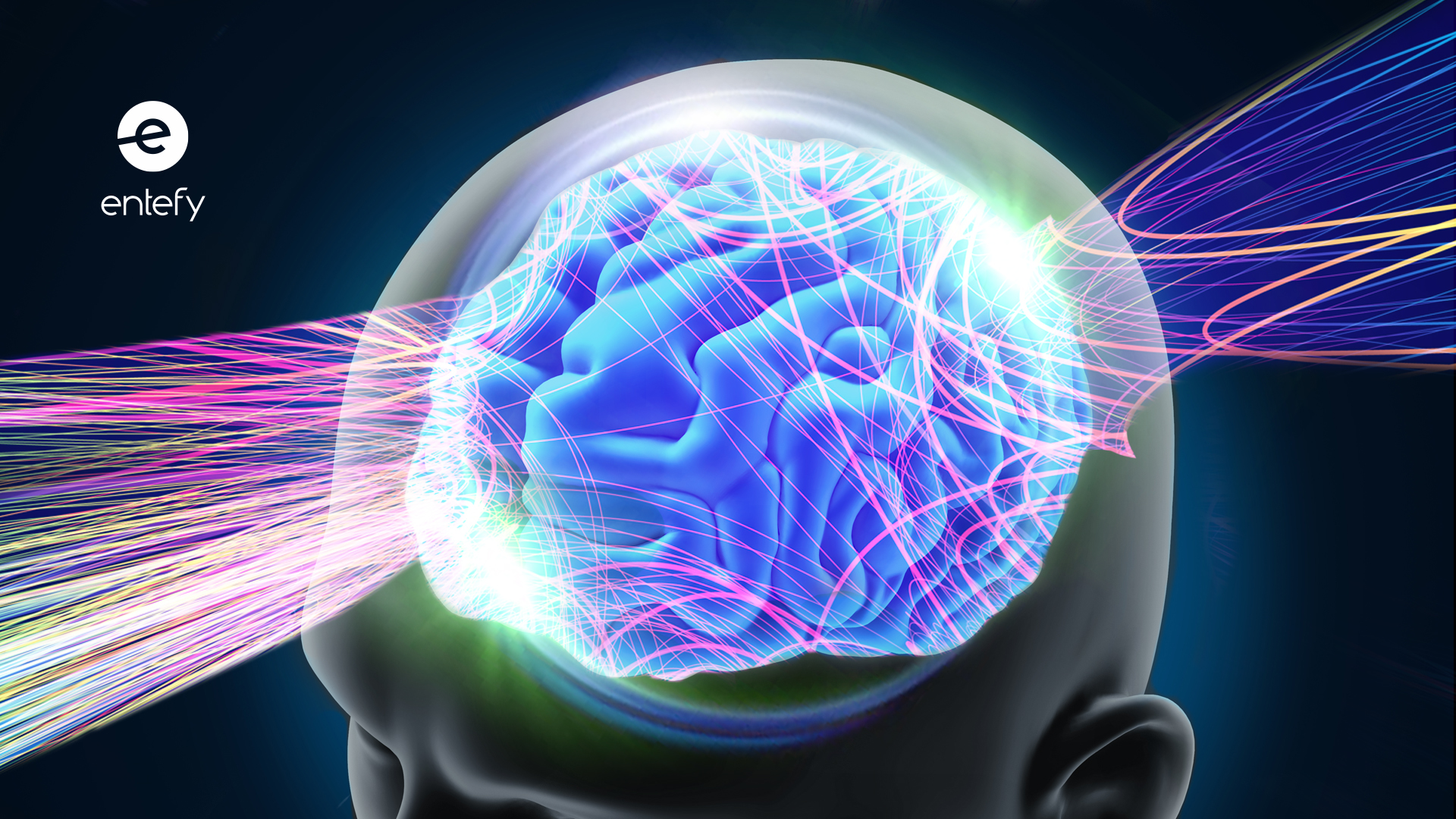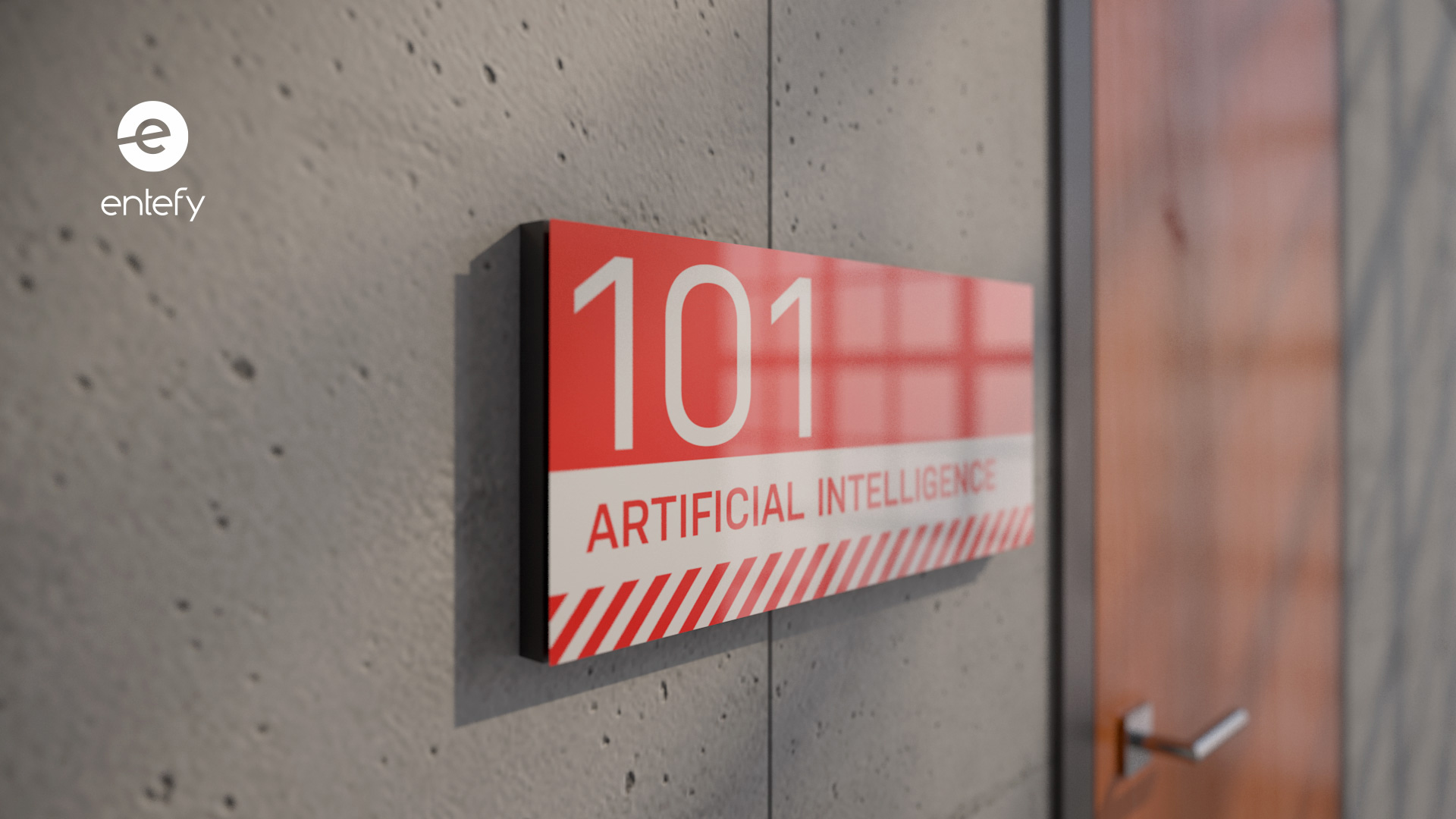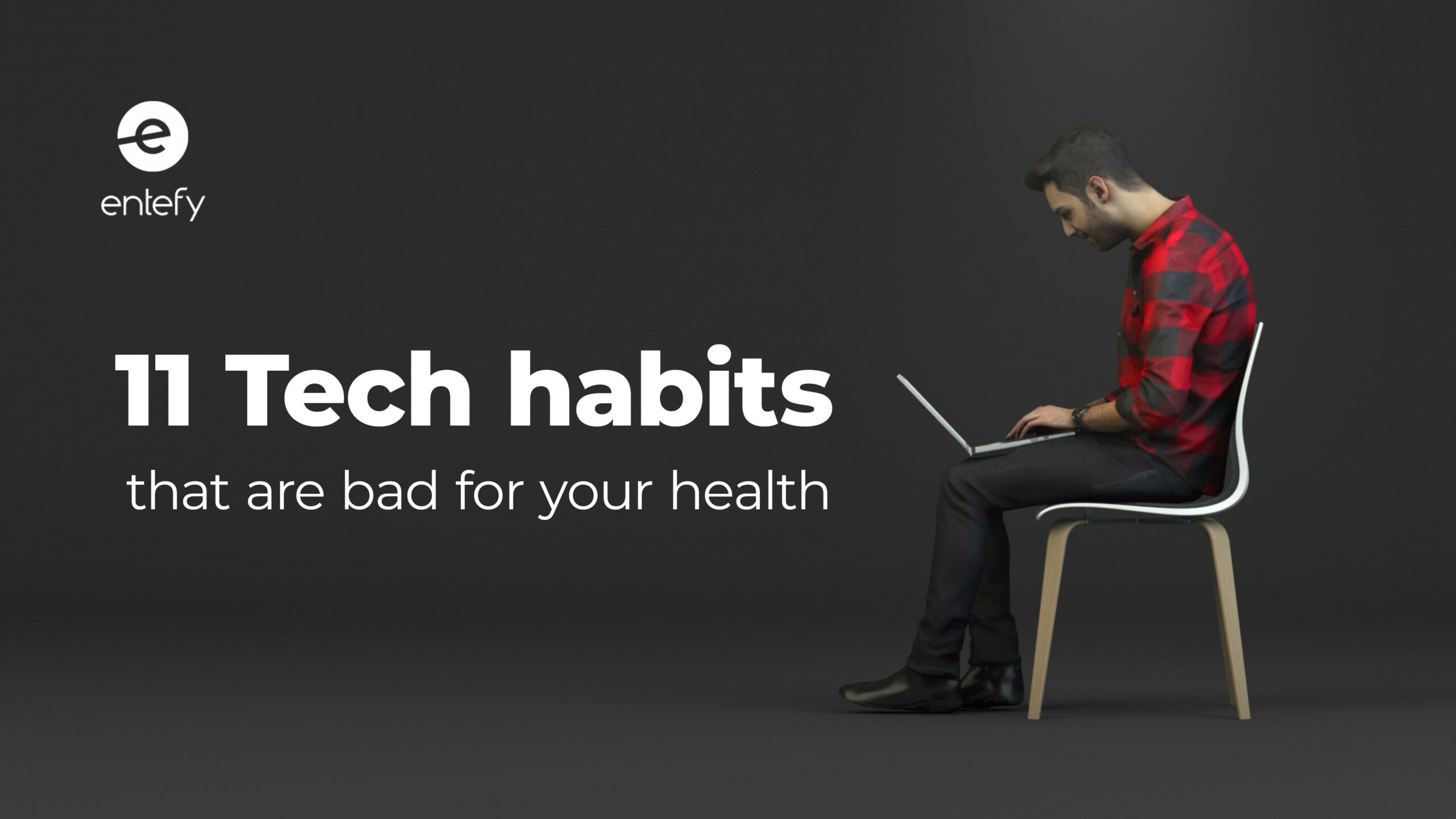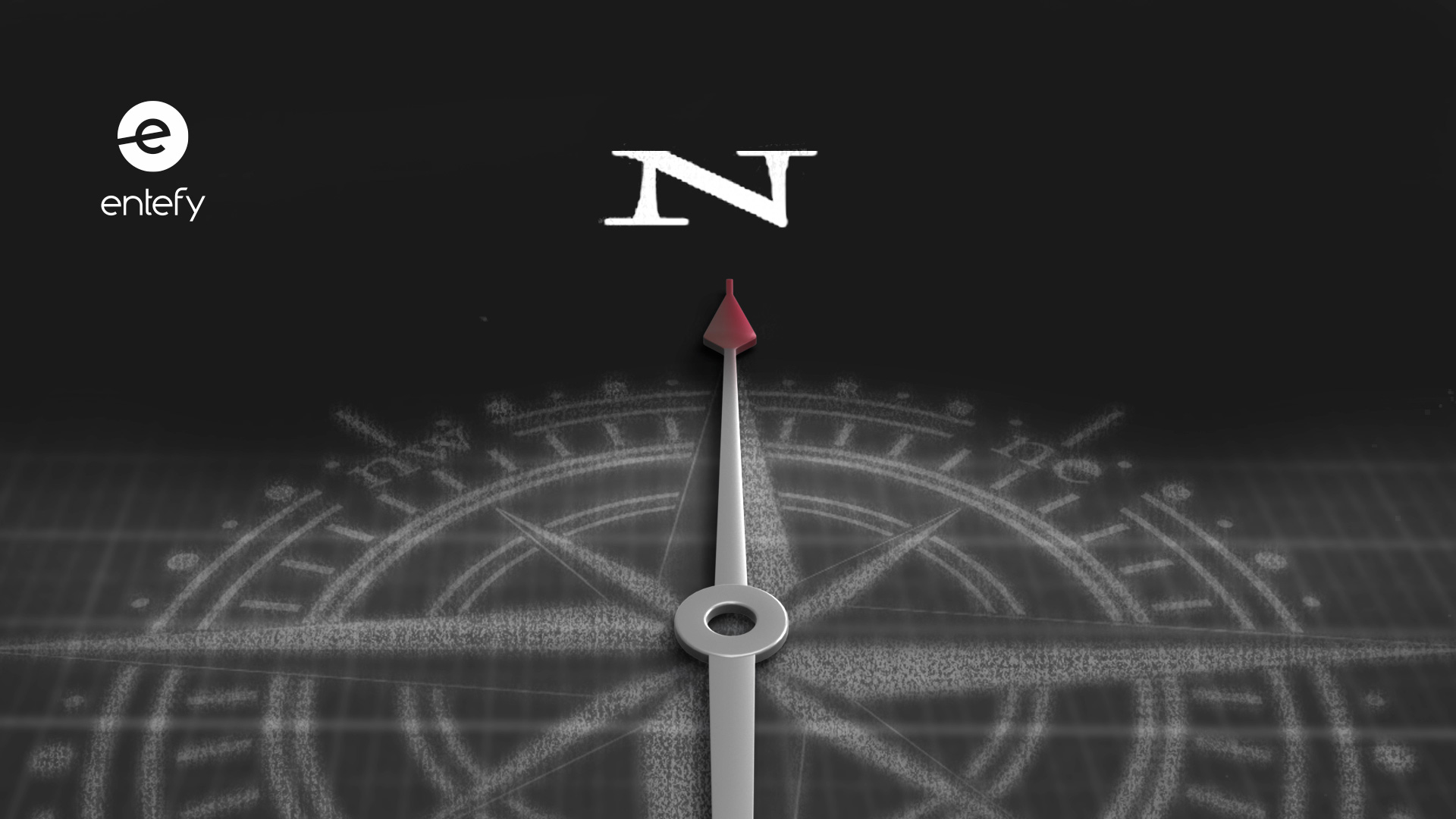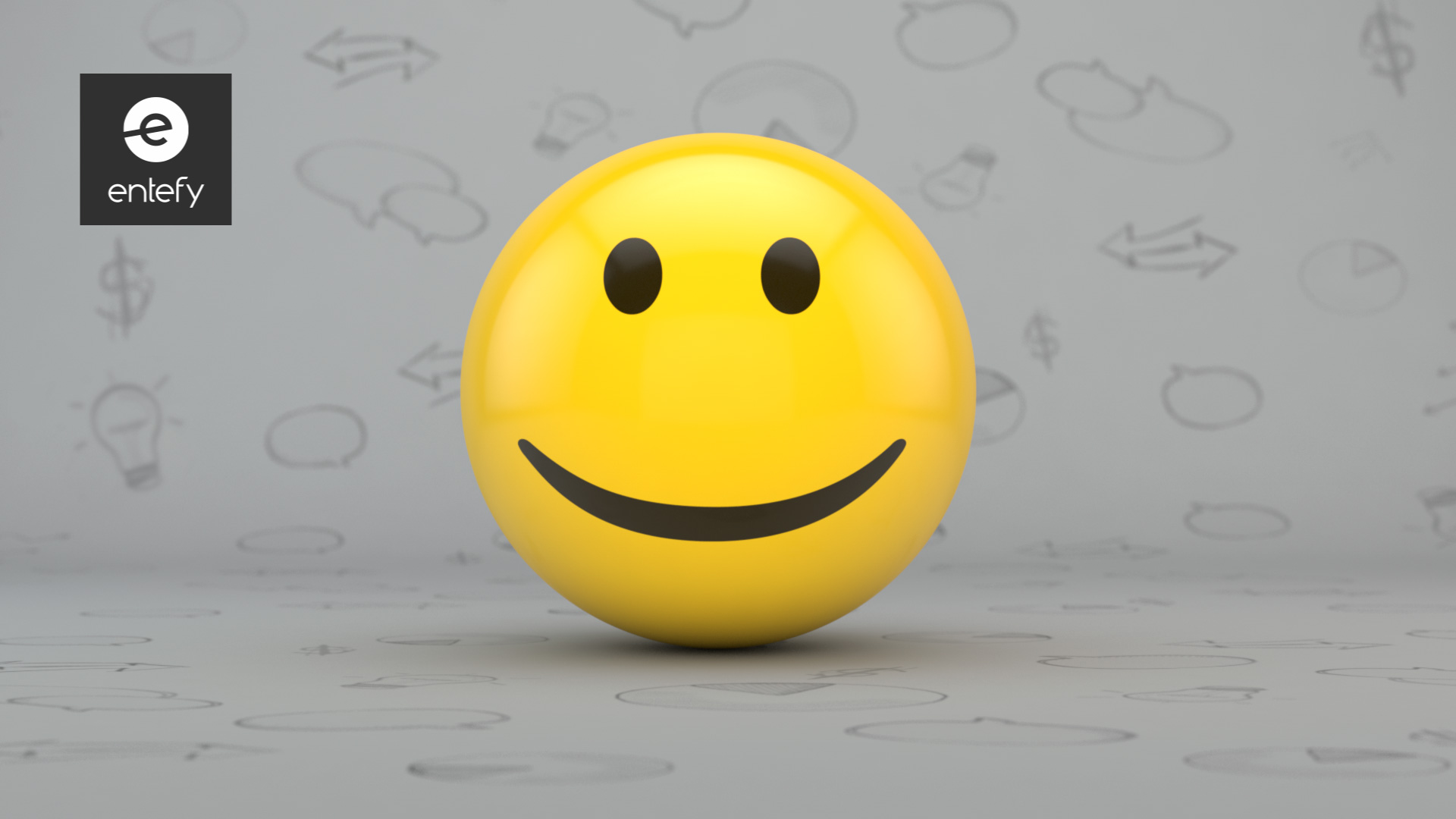“Know your why” has become something of an entrepreneurship mantra. It’s a weighty and worthwhile concept, and not just for startup CEOs. “Why” in the hands of a strong leader—or as a core element of company culture—is a powerful motivator.
You can see the “why” of why by looking at the development of a company. At the startup stage when headcount is low, team members wear multiple hats and are a part of, or at least aware of, big-picture discussions. They see firsthand how their daily duties impact the organization’s growth, and being part of that movement is its own psychological reward.
As businesses grow larger, they tend to add organizational layers and hierarchies. Specialized departments emerge, offices spread across multiple floors of a building, or across campuses. Where before there was literal closeness and easy communication, now there are departments and teams that often have little interaction. These siloes hinder collaboration and information-sharing, and can leave employees feeling separated or unaware of the bigger picture.
It’s at this stage that “why” can have a powerful effect. When teams are grinding away implementing a new data security system or pulling overtime to launch a marketing campaign, you want them to know the reasons they’re doing those things. How will that security system impact the rest of the company? Why does this particular campaign matter in a broader sense? Put simply: Why should they care about what they’re doing?
Sure, financial incentives matter, especially if you want to ensure that your workers enjoy a high quality of life. But money isn’t everything, especially to younger professionals. In one study, 94% of Millennials said they want to serve a cause, and research shows that employees in general would take a 32% pay reduction for the chance at more meaningful work. Value is clearly more than a paycheck.
Why define your why?
Pursuing a worthy goal is vital to living a meaningful, satisfying life. Considering that people spend the majority of their adult lives in their careers, how they perceive their work affects their well-being. When people are aimless and unhappy, their mental and physical health suffers, causing them to disengage. Absenteeism costs American companies more than $225 billion a year, so keeping people motivated and fulfilled is just good business.
Motivation has also been shown to correlate with happiness, a key factor in productivity. Happy workers are 12% more productive than their glum counterparts, and you can boost the good feelings by reminding your team often of how they’re helping the company and your customers. Helping other people generates feelings of happiness, so educate your employees about the impact your products and services have.
The more internal-facing someone’s position is, the more difficult it may be for them to see their impact day-to-day. Let them know that the boost in sales profits this quarter allowed you to increase your corporate social responsibility budget and that they played a role in that. Tell your strategists how the new business plan they prepared for a client directly enhanced that company’s donations to a low-income community. Whatever your business’s ultimate goal, make sure employees know how they help you reach it. If they can keep the end goals mind, they’ll stay motivated to deliver great work and drive results.
Everyday motivation
You don’t need to begin each morning with rousing speeches about how your company is changing the world. Though integrating your mission into internal communications is a good way to keep it top of mind. Sometimes you just need to help people see just a bit broader than what’s in front of them.
Let’s say you’ve put together a cross-functional team to work on a high-priority project. You know everyone in the group is talented and goal-oriented, but they don’t know each other very well. Lack of familiarity can breed apprehension and cause people to withdraw into their own areas of expertise.
Laying out the project goals and how they correspond to the company’s success can change that dynamic. A shared purpose unifies employees and fosters trust. It also mitigates frustration and negativity when the project hits a snag or the team suffers a setback. The last thing you want is people bonding over their complaints and griping around the water cooler. Gossip and negativity have corrosive effects on morale, and they lead to fractured teams, anxious employees, and a decline in productivity.
Employees who feel motivated every day are not only happy but loyal as well. Businesses that intend to grow and prosper depend on worker longevity. You don’t want people turning over after a year or two, only to have to recruit and retrain someone else who might do the same. Companies are built by people invested in bringing their missions to life.
Connecting workers with the greater “why” inspires them to dig in and help the team however they can. A Gallup report indicated that 71% of Millennials know what their organization stands for and what makes it different from its competitors,” and say they plan to be with their company for at least one year.
Motivate to engage
When people know why they’re doing something, they engage more deeply with their work. Even the most mundane task holds energy and purpose if you understand that you’re part of a greater whole. Engagement also inspires people to go the extra mile. They see how one initiative yielded success, and they crave that rush of pride and accomplishment again. Maybe next time, they brush up on their skills, volunteer to work extra hours, or enroll in a course to bring even more to the table on the next project.
No job is without its frustrations or its off days. Everyone feels disconnected from time to time, but that’s why it’s all the more important to define your business’s “why” and each employees’ role with it. Because when people know why their contributions are important, they can look past the hiccups and take pride in the knowledge that they’re part of something meaningful.

